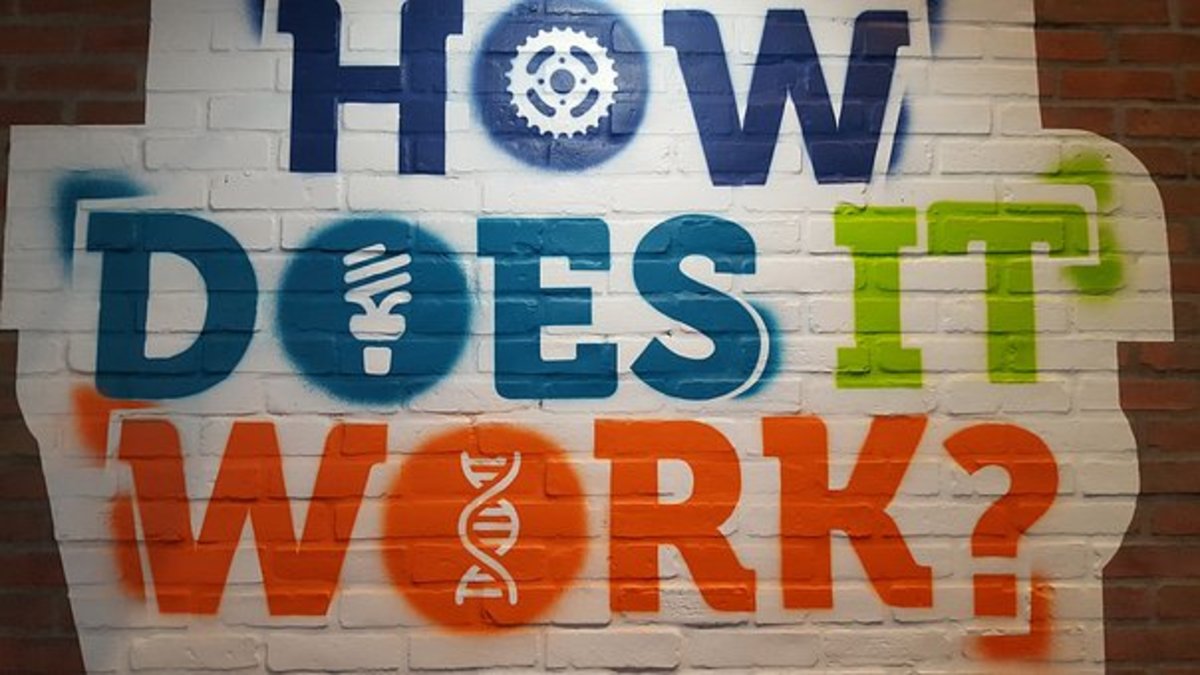Reading Strategies for Adults

Adults Can Learn to Read When Given Strategies that Work!
According to the National Assessment of Adult Literacy (2005) 30 million adults are basically illiterate. This accounts for almost 10% of the US population. This means that a large number of adults in the US lack the most basic of reading skills. What are basic reading skills? These are the skills that we take for granted that enable us to read the newspaper or the label on a pill bottle. Also, people with poor literacy skills have trouble filling out all kinds of forms, especially job applications.
Teaching an adult to read is much like teaching a child to read. The same skills are taught in basically the same order. Reading skills require hard work and motivation, whether it be adult or child. Learning to become a better reader is not easy but so worth it. With intense reading instruction adults can become better readers. What follows is an explanation of reading skills needed to become a reader and the order in which they're taught. As readers become more proficient, these skills are taught simultaneously.
.
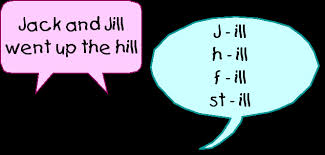
Phonemic Awareness
Phonemic Awareness is an important prereading strategy used by preschool and kindergarten teachers. Rhyming words are taught in the context of fun and silly books like the Dr. Seuss books. Separating words into syllables by clapping and pointing to words and word parts while reading are also examples of phonemic awareness.
Adults can also be taught phonemic awareness but not as formally. Skills such as rhyming and syllable instruction can be taught in conjunction with phonics instruction. Rhyming games along with changing beginning, middle, and ending letters on words being studied can be fun and entertaining with adult learners.
Phonemic Awareness Activities for Adults
Finding fun lessons and activities for adult learners can be difficult. I have used many of Patricia Cunningham's activity books while teaching reading, especially in a small group setting. The lessons are easy to follow and can be supplemented with letter tiles and other materials that students can manipulate.
Fun support for enforcing phonemic awareness
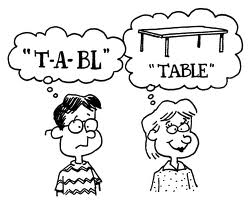
Phonics
In any language, learning the alphabetic principle (or code) is essential for learning how to read. What do I mean by the alphabetic principle? There are 2 parts to learning the alphabetic principle:
1. The names of the letters and the sounds they make
2. The (phonics) rules associated with the pronunciation of the letters and letter combinations
There are essentially 2 ways to figure out a word while reading:
* Beginning readers learn to sound out a word or decode it.
*As readers become more confident, words can be partially decoded then figured out through context clues, or what makes sense.
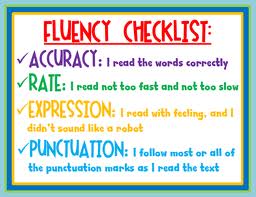
Fluency
Once the alphabetic principle has been acquired, fluency is the next step. Fluency is having the ability to sound out words quickly and accurately, and with expression. Another essential part of fluency are the lists of sight words that have to be learned. Sight words are words like "the" and "was" that appear most often throughout reading material, but don't necessarily follow the phonics rules.
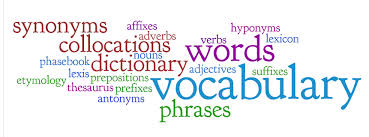
Vocabulary
Vocabulary instruction is made up of strategies that directly explain the meanings of words along with thoughtful and playful interactive practice. Direct vocabulary instruction is imperative in order to understand the meanings of words in context while reading.
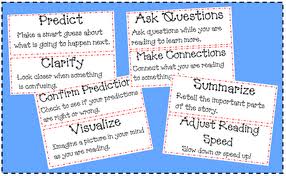
Comprehension
Comprehension is the ability to think about meaning while reading the words, or in other words the reader should be asking, "What the heck am I reading?" and "What can I learn?" Reading comprehension can be taught or improved through activities before, during, and after reading (teachers like to say: into, through, and beyond).
A "Before" reading activity might be activating prior knowledge by brainstorming what you know about the subject." During" reading, an activity would be pausing to visualize or talk about what is being read. Examples of "After" reading activities would be summarizing or asking questions about what has been read..
A common comprehension activity is the making of a chart called KWL. This is a great activity for those who are visual learners or second language learners.. A piece of chart paper is divided into 3 columns. In the first column the "K" stands for what we Know about the subject; In the middle column the "W" stands for What we want to learn; and the "L" represents what we Learned about the subject... Pictures along with words can also be useful in this activity.
Strategies that Work
This comprehension book is great for all grade levels, but also is a wonderful guide for someone who is teaching adults and homeschooling.
More Resources for teachers and reading tutors
"Tips at Your Fingertips" is designed for tutors who want to use proven teaching techniques but have limited time to do the research. This book has lots of teaching ideas along with background information and reading materials suitable for your particular student.






